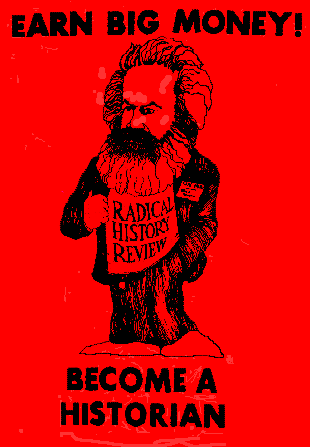From LSHG Newsletter, Summer 2009
I doubt there is any Star reader who is unaware that it is 25 years since the start of the great miners’ strike of
1984-5. Many will have memories, as I do, of active solidarity work.
Looking at the strike historically requires a capturing of those memories and experiences but also analysis
and understanding of what they meant and mean in the broader sweep of labour history. At this juncture
the 1984/5 strike remains a pivotal event in post-1945 labour history, but this judgement may be better
confirmed in 2034 at the 50th anniversary.
The strike took place before the age of the internet and mobile phone and there is considerable original documentation relating to it, although a lot of history has still to be written,
The London Socialist Historians Group ran a conference to mark the 20th anniversary of the strike and some of the discussions, for example on the internal politics and tensions within the NUM before and during the strike, are not yet matters of public historical record and may well not be, for perfectly understandable
reasons, for some years to come.
There remains very little on the history of the huge range of miners support groups beyond accounts published at the end of the strike and a brief summary which I wrote which can be found at
ftp://www.londonsocialisthistorians.org/papers/DW00026.pdf.
There is much scope for more here. For example Di Parkin recently published an excellent study of mining
at Betteshanger Colliery in Kent. It may now be possible to look at the writings and words of the other side without simply losing your temper. Ian Macgregor was Thatcher’s head of the National Coal Board at the time and he wrote a memoir covering the strike. He complains that Arthur Scargill was politically
motivated. He also notes that he knew when the strike would take place some months before. About this
matter he did nothing, because while he claims there was not a hit list of pits to be closed one gets the impression that he planned to reduce coal production and didn’t really care much which pits actually closed.
Even worse but still worth a look are the speeches of Margaret Thatcher on the miners’ strike which are at the Thatcher Foundation site at http://www.margaretthatcher.org/speeches/results.asp?w=mine rs&btn=Search
Less easy to find is what New Labour has to say about 1984/5. It has long refused to recognise that there is such a thing as labour history. Also the history of New Labour itself is centrally tied up with the defeat of the
miners. Some of this is covered in John O’Farrell’s memoir Things can only get better. O’Farrell’s central point is that by 1997 Labour activists were so fed up with losing, the miners’ strike being the central motif of such a strategy, that they wanted to win at any cost. The cost was Blair.
For those with time to look at archives, the South Wales miners’ papers at Swansea provide a more focused historical perspective. New Labour MP Kim Howells was an NUM official at the time and in the archive can be found papers from the mid-1980s which rather accurately sketch out some of the policies of class collaboration as opposed to class struggle that were and are New Labour’s hallmark.
There is also the issue of the secret state and the strike. It will no doubt be many years before Government papers detailing the dirty war against the miners are released.
However Seamus Milne’s The Enemy Within provides a very useful account of what went on, particularly for
those who are too young to have been there at the time. The new book by Francis Beckett and David Hencke on the strike has proved controversial. It brings forward some new evidence together with some rather old views about the nature of the strike and its outcome.
The general impact has been to reinforce the views of those like Neil Kinnock who did not support the strike at the time and to attack the fight that Arthur Scargill and the NUM made to protect jobs and communities.
Both Seamus Milne and Andrew Murray have attacked the book and Beckett in particular has defended the new evidence that has been uncovered such as the diaries of print union leader Bill Keys.
For socialist historians the issue is not that the new material is not valuable but the context that it is discussed in. Here the conference held by the LSHG five years ago seems a better format for the moment
than the book of Beckett and Hencke. For original material on the 1984-5 strike see Norman
Strike’s strike blog http://normanstrike.wordpress.com/
Keith Flett
This article first appeared in the Morning Star
Subscribe to:
Post Comments (Atom)

No comments:
Post a Comment